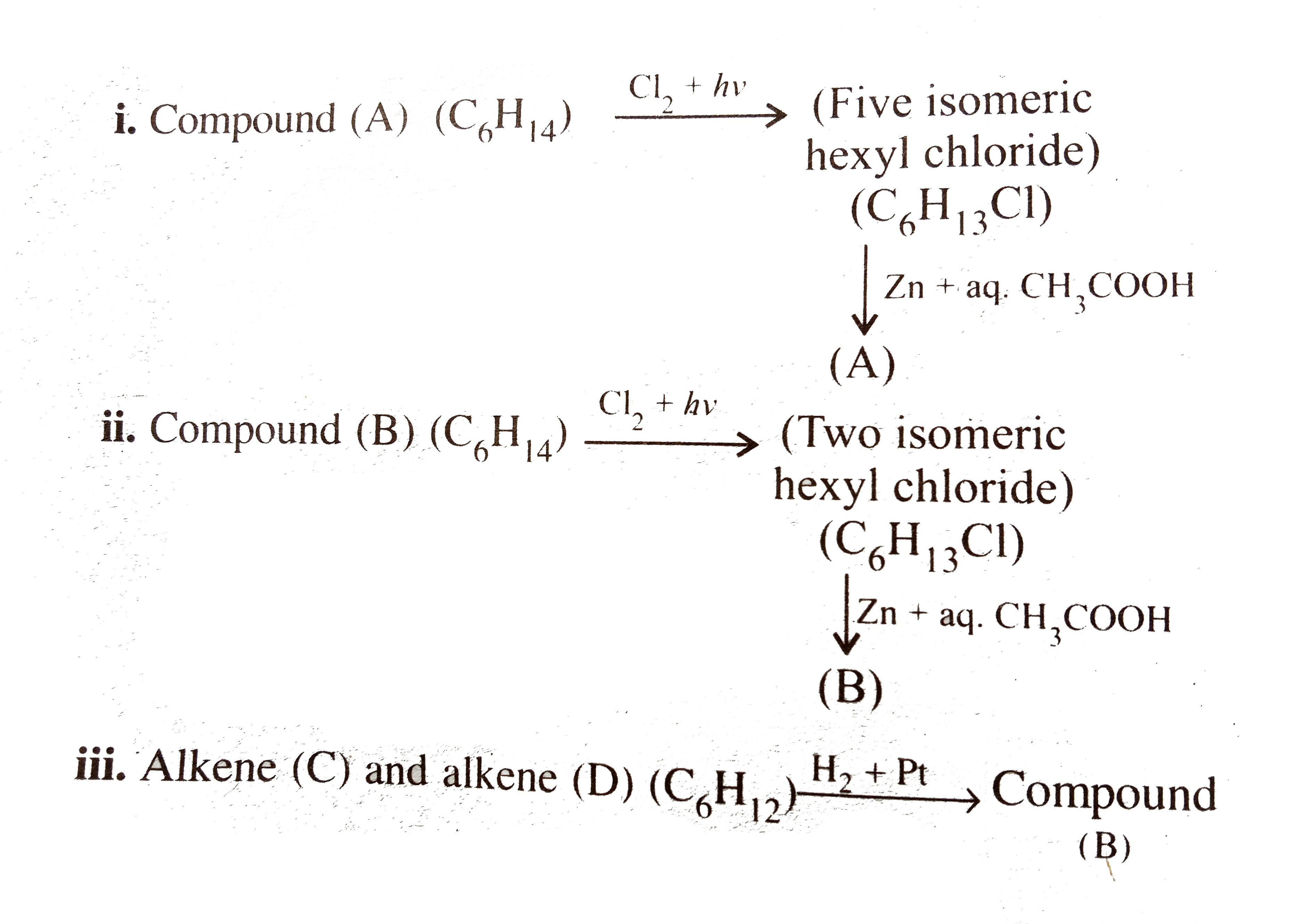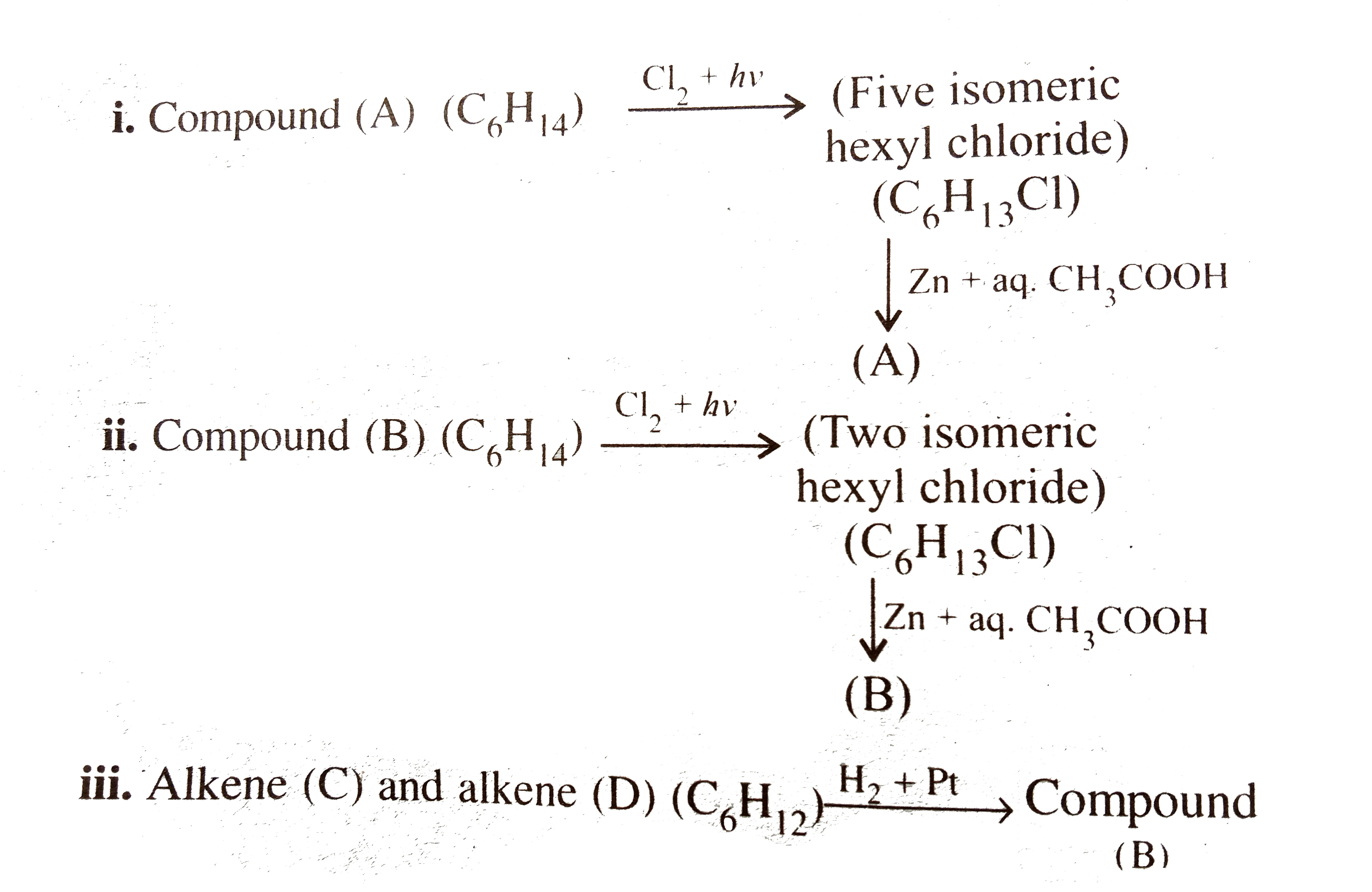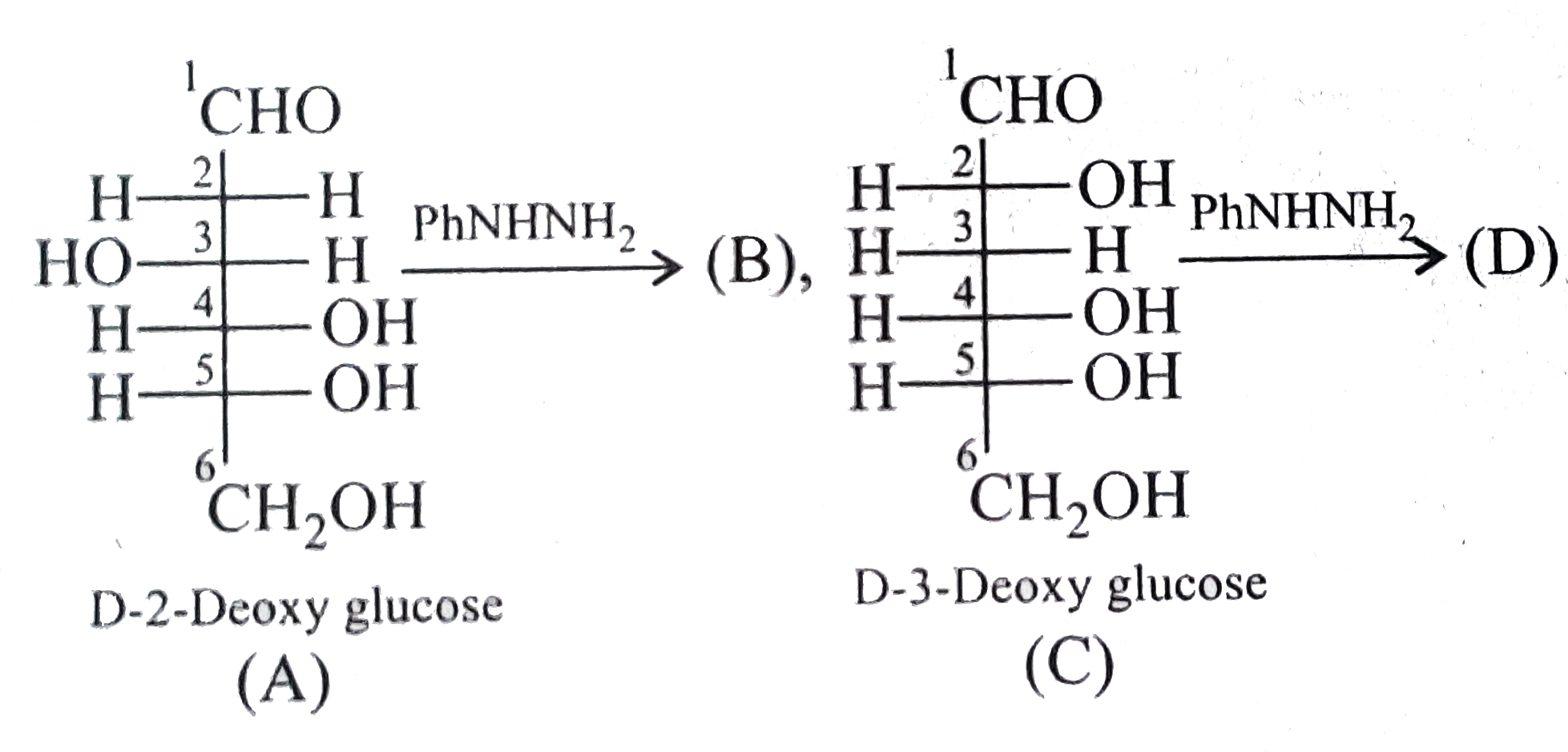
Compound (B) is:
Phenylhydrazone of (A)
Osazone (A)
Both
None
The correct Answer is:A
Compound (A) has no (C−OH) group α to the (CH=O) group. So it forms only phenylhydrazone with 1mol of PhNHNH2.
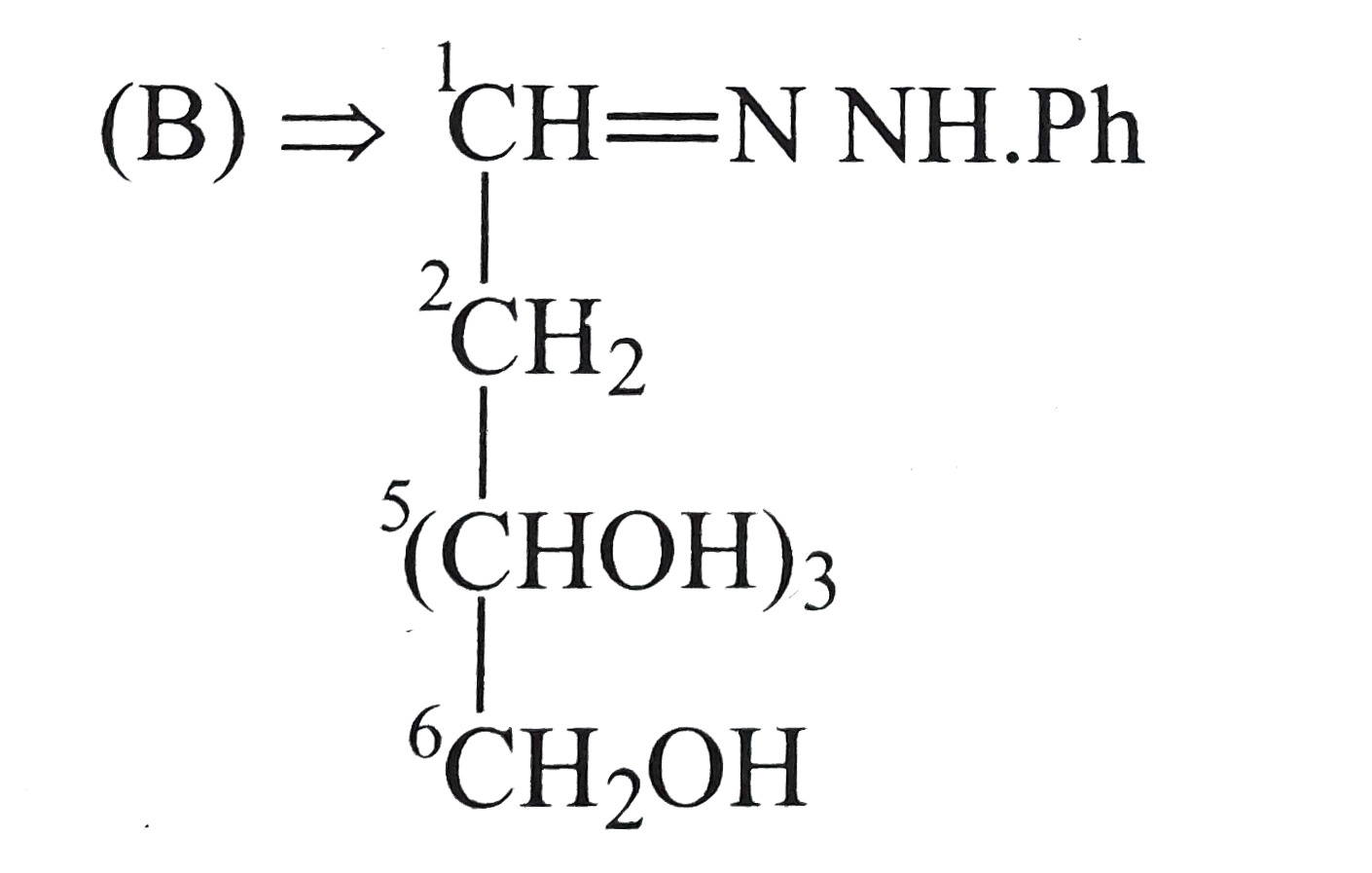
(ii). Compound (B) has (C−OH) group α to the (CH=O) group. So it forms only osazone by reacting with 3molPhNHNH2.
∴3molPhNHNH2 reacts with 1mol(C). 1molPhNHNH2 reacts with 13mol(C).
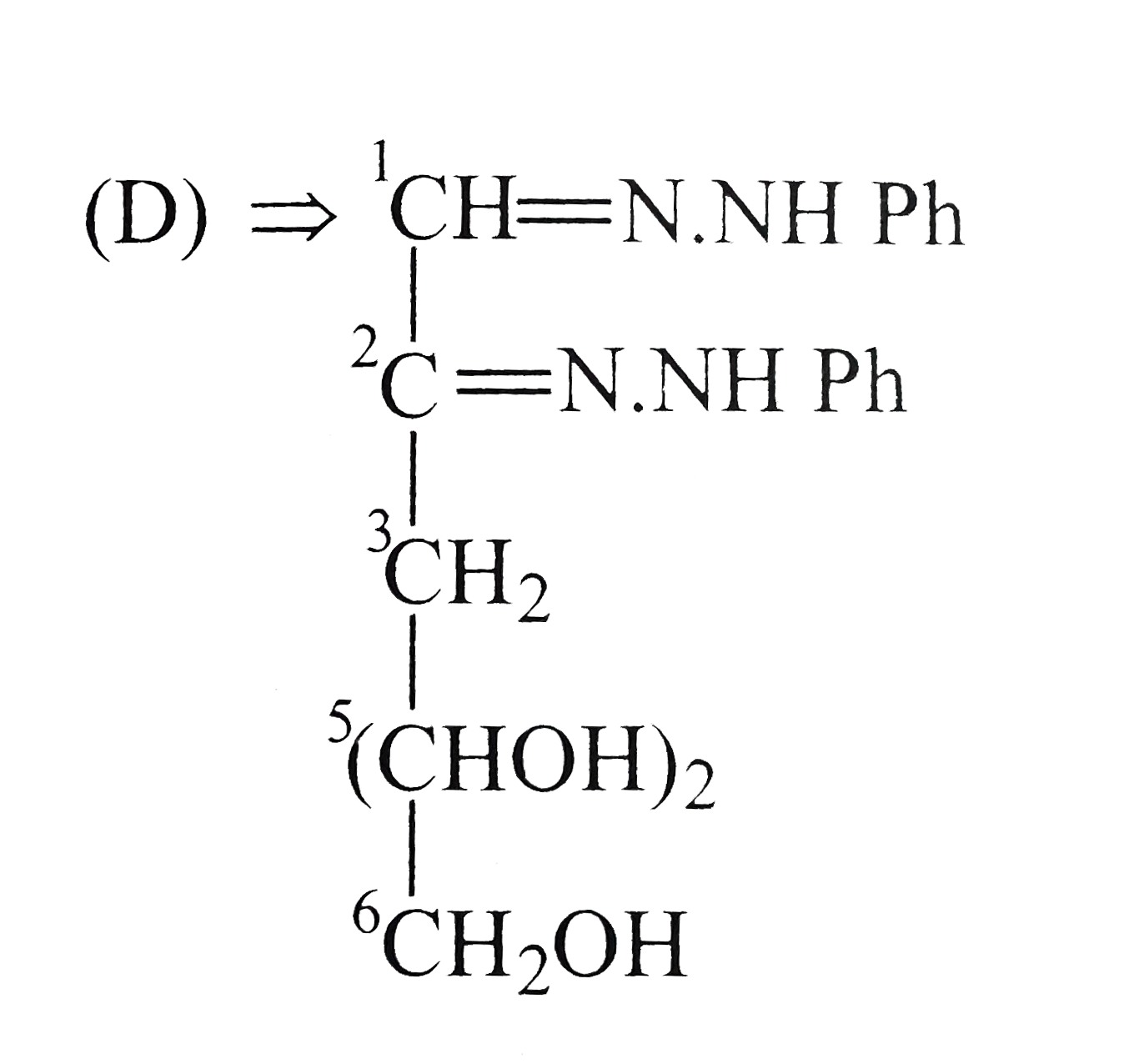
Topper's Solved these Questions
- BIOMOLECULESBOOK - CENGAGE CHEMISTRY ENGLISHCHAPTER - BIOMOLECULESEXERCISE - Exercises (Multiple Correcttype)
30 Videos
- BIOMOLECULESBOOK - CENGAGE CHEMISTRY ENGLISHCHAPTER - BIOMOLECULESEXERCISE - Exercises (Single Correcttype)
80 Videos
- BIOMOLECULESBOOK - CENGAGE CHEMISTRY ENGLISHCHAPTER - BIOMOLECULESEXERCISE - Exercises (Concept Application)
25 Videos
- AROMATIC COMPOUNDS AND ALKYL AND ARYL HALIDES BOOK - CENGAGE CHEMISTRY ENGLISHCHAPTER - AROMATIC COMPOUNDS AND ALKYL AND ARYL HALIDES EXERCISE - Archives Subjective Type
4 Videos
- CARBOXYLIC ACIDS AND THEIR DERIVATIVESBOOK - CENGAGE CHEMISTRY ENGLISHCHAPTER - CARBOXYLIC ACIDS AND THEIR DERIVATIVESEXERCISE - Exercises Archives (Analytical And Descriptive)
34 Videos
Similar Questions
Knowledge Check

Find structure of compound B :A B
B C
C D
D
Reduction of hexose A (molecular formula C6H12O6) with sodium borohydride gives compound B and C. Compound B is optically inactive, whereas compound C is optically active. Which of the following is compound A?
View Solution
What is compound (B) and how is it formed ?
View SolutionA compound (A) is formed by the reaction of ethylene with bromine which on reacting with aqueous KOH gives a compound (B). The compound (B) can also be prepared by the reaction of ethylene with the following:
View SolutionThe compound (A) in the previous question is further hydrolysed in dilute acidic medium to give compounds (B) and (C). The compounds (B) and (C) are :
View Solution
Compounds (B) and (C) are :
View Solution
Compounds (B) and (C) are:
View Solution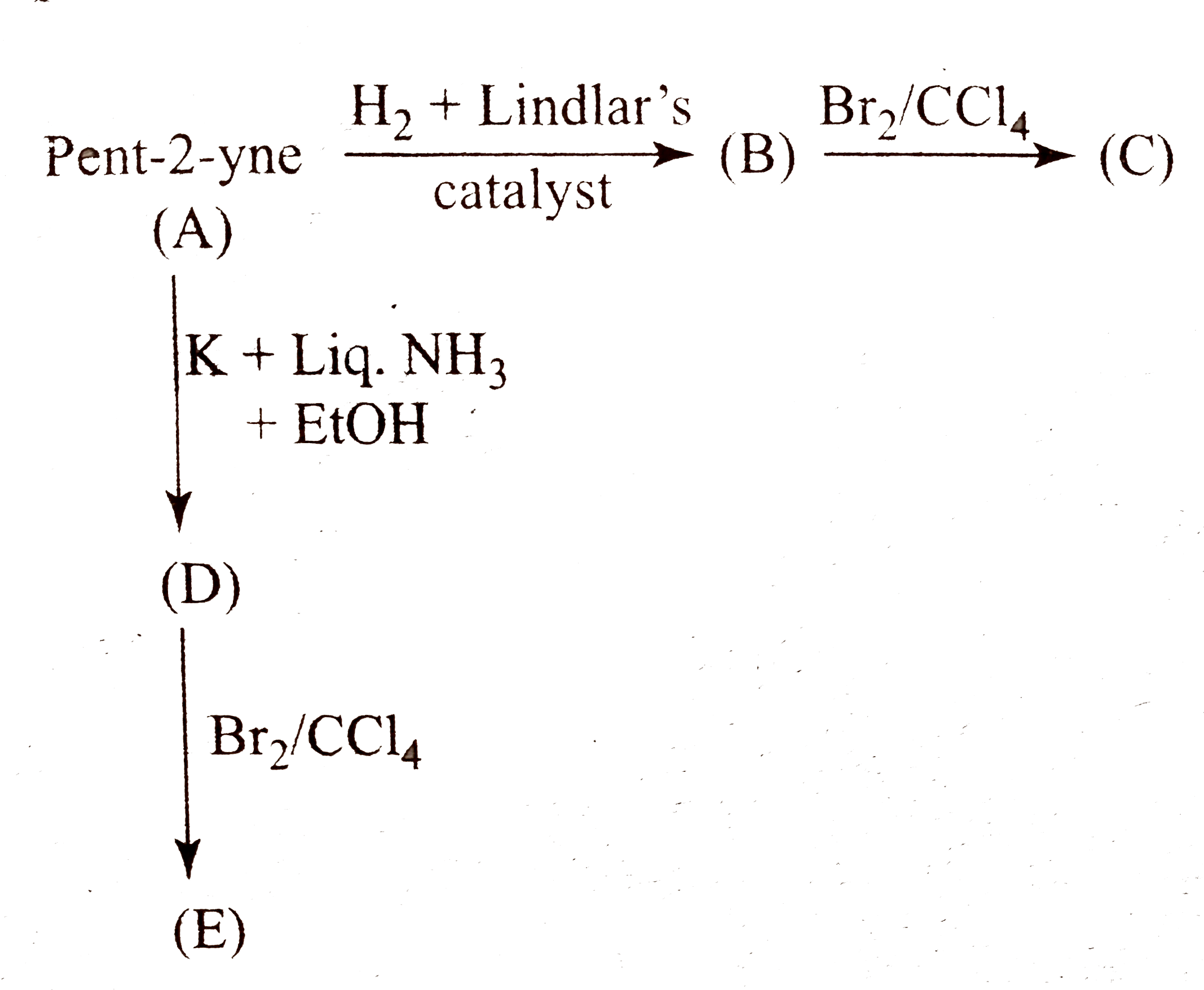
Compound (B) and (D) are, respectively :
View Solution

